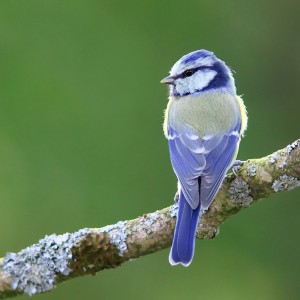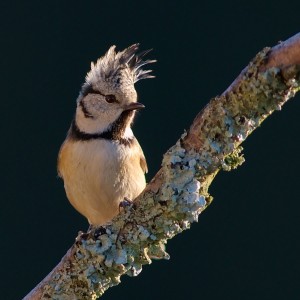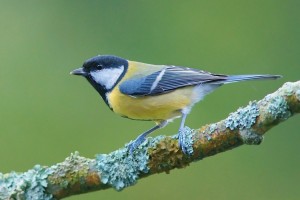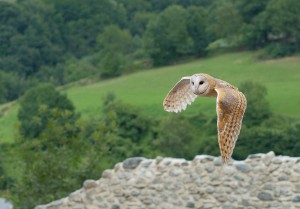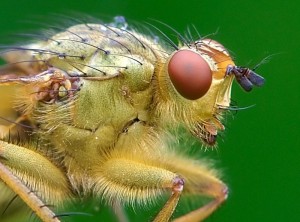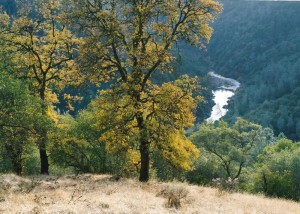
- Image by zanaceabuna75 via Flickr
To help protect your photos and keep your picture frames looking great for years, here are four things you should do.
Avoid Direct Sunlight
The sun’s powerful rays are damaging to your pictures so you want to avoid displaying your picture frames in direct sunlight. This will help reduce fading of your pictures and wood photo frames.
However if you can’t avoid displaying your pictures where they have direct sunlight shining on them, there are a few things you can do. If you’re concerned about your pictures fading, you should first have them reproduced by a reputable photo restoration service. This way you will have a high quality copy of your picture that you keep in a safe place so you can replace your other picture once it begins to fade from the sun. For most people framing pictures this is the best solution if you have to have your picture displayed where sunlight shines on it.
If you’ve made a copy of your picture, and still want to protect the framed photo, then you can use UV glass or UV acrylic in your picture frame. UV glass or acrylic is more expensive so this is more frequently used for irreplaceable artwork like watercolors, fine art prints and drawings. Just keep in mind that when you use UV glass or acrylic it will reduce the UV exposure but it cannot 100% eliminate it. You may also want to consider using metal picture frames instead of wood as any solid wood will fade over time with direct sunlight.
Watch Out for Moisture
Often times we think of moisture or water damage caused by devastating problems like floods, but moisture damage can also be caused from everyday steam. Make sure you avoid displaying your framed photos in areas like a bathroom or above a kitchen sink. Moisture damage can cause your picture to warp or can completely ruin it if your picture sticks to the glass. The best solution is to only put unimportant pictures in these areas, preferably in aluminum metal frames that won’t rust. Or, to avoid the problem altogether don’t display pictures in these areas.
Also, if you live in a climate with high humidity you should also be aware of picture frames or artwork with a sealed back. Sealed backs prevent the artwork or picture from breathing and, in a high humidity climate, they can trap moisture. You can spot a sealed back because they are usually taped or glued shut. To help avoid having moisture damage in a high humidity climate, you can use spacers or picture frame mats in your frame as they create an air pocket between the glass and picture. This will help prevent the picture from getting stuck to the glass.
Spray Cleaner Warning
This may seem rather obvious, but never spray glass cleaner on the glass of a picture frame when the picture or artwork is still inside. All it takes is a little drip of glass cleaner to seep underneath the glass and come in contact with your picture to damage it. Instead, always take your picture or artwork out of the frame before you ever clean the glass. And, when you clean both sides of the glass, make sure the glass is properly dried with no cleaner residue on it before replacing your picture in the frame.
Never Stack Your Picture Frames
The last tip to avoid damaging your frames is to never stack your frames on top of each other. In the vast majority of cases, stacking your frames, will scratch the frame finish and permanently damage them. If you need to move your frames, just use a towel or other soft cover to put between each frame. It may take an extra couple of minutes but it will keep your frames looking nice for years.
Another common way frames get damaged is when people set the face of the frame down on a surface to remove the picture. This can easily scratch the frame so always lay a towel down on the surface before you take your frame apart.
If you remember these tips, your picture frames will be sure to retain their beauty and look great for many years to come!
![Reblog this post [with Zemanta]](http://img.zemanta.com/reblog_e.png?x-id=1a98441d-3ff8-4c8d-a3ea-9afb2f1267ff)
